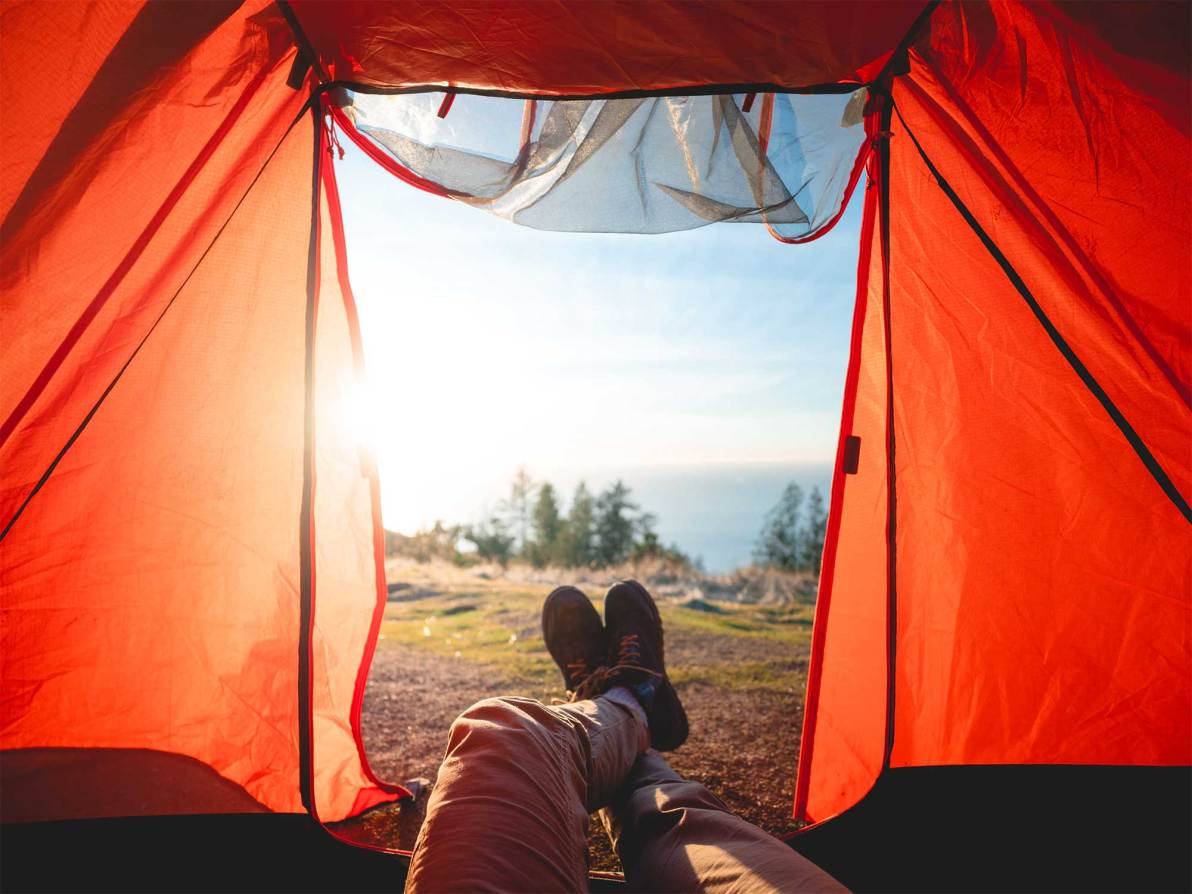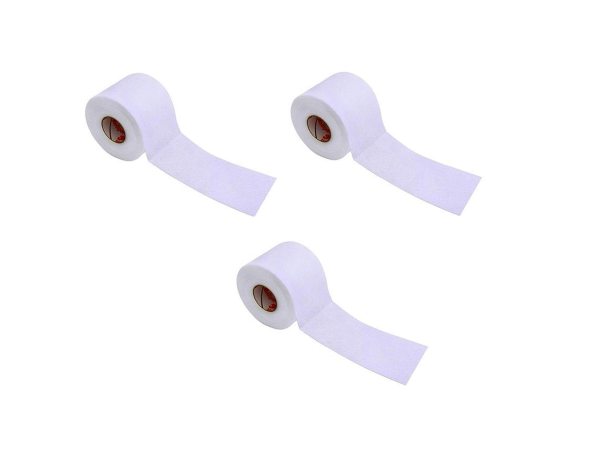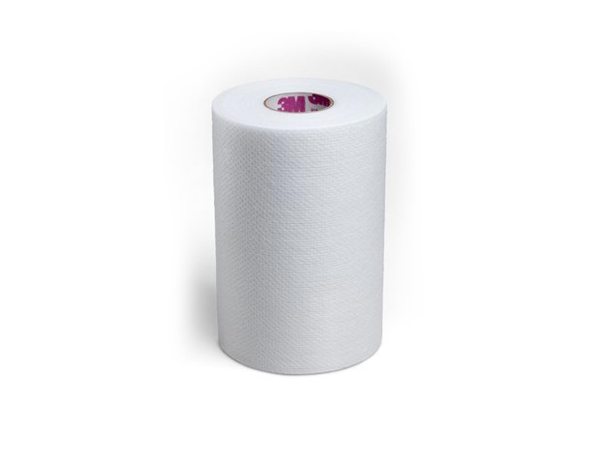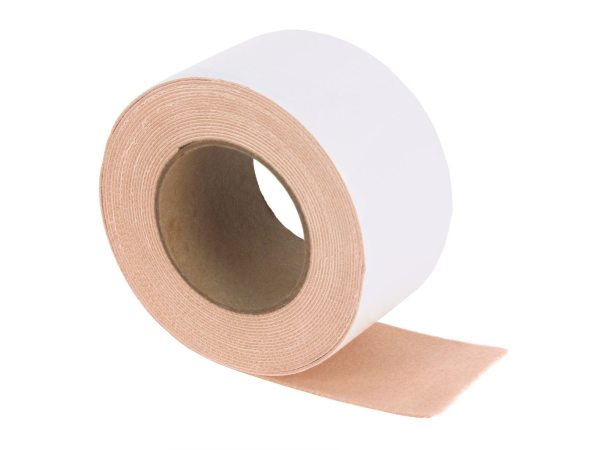We may earn revenue from the products available on this page and participate in affiliate programs. Learn More ›
Blisters can stop a hunt in its tracks. Whether on your own feet or those of a partner, a simple hot spot can quickly turn into a debilitating injury that takes days to heal. No medical kit should be without some sort of blister treatment, and there are at least a couple of things you can do to minimize the possibility of being derailed by unexpected abrasions.
Tape Blister-Prone Areas
The pads of toes, back of heels, and balls of your feet are all high-friction points prone to blisters. If you know you are susceptible, don’t wait for the dreaded hot spots and saggy, baggy skin to emerge. Cover vulnerable areas with standard medical tape before hitting the trail. It works wonders to prevent blisters from developing in the first place.
Wear a Liner sock
A simple liner sock wicks moisture away from your skin while also providing a barrier between your feet and the coarse fabric of thermal socks. If you have a problem with blisters, try a pair of silk or synthetic liners on a weekend hike first before committing to wearing them on a multi-day hunt.
Moleskin for Mileage
If you do suffer a blister, it’s time to break out the moleskin. A mere hot spot can be covered with a single layer of moleskin to keep it from getting any worse. But if the blister has already erupted or even burst, try a disc of moleskin with a donut hole cut in it to provide separation between skin and socks. That prevents further irritation while allowing the wound to breathe and dry. If that is not enough, add a second layer of moleskin.



